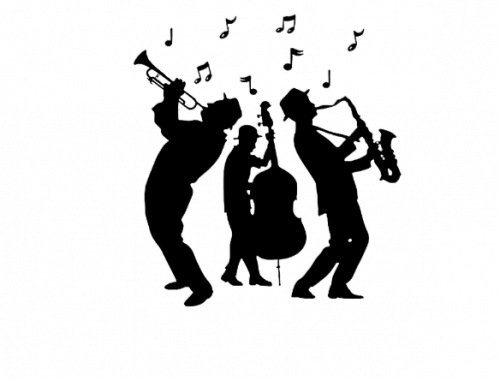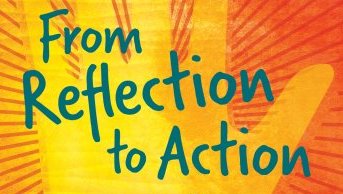
Reflection-In-Action: The Value of Challenges
My role as a sound designer at the EnterYes Studio in Belfast has encompassed a range of technical multimedia tasks over the past 5-6 months, from working on animations and trailers to Virtual Reality experiences ever since I started the placement in September of last year. In that time, I have developed many critical skills necessary in the workplace, including new technical approaches to sound design, time management and most importantly the significance of team communication, as I have gained a valuable insight into the nature of work environments found within my employment sector. However, there has been a significant focal challenge which I’ve not only had to adapt to, but also work around, in order to efficiently use my time at EnterYes while concurrently producing work which is of the uppermost standard. Within this blog, I will be using the Gibbs Reflective Cycle Model[1] to evaluate and consider the following challenge(s) throughout my placement, as well as the methods used to address the difficulties in order to turn them into learning experiences.

Description
In the book, Careers in Media and Film: An Essential Guide[2], the authors emphasise the “transparent” nature of work placement, and how a lot can be learned in a very short space of time, stating “Work experience does not have to take a long time. Half a day or a few hours in the environment can be a highly useful and focussed experience that will help you to see whether a job is right for you or whether you are right for it.” This leads me onto the main difficulty I have been dealing with throughout my placement, which stems from a lack of integration and collaboration across projects I have worked on for the studio. Linking back to Gregory and Healy’s excerpt, I believe I had seen this as a rising challenge in my initial days back in September, due to the nature of the workplace and how the studio operates on a day-to-day basis. As mentioned in my first blog post, EnterYes is a small, independent studio which runs a team of around 6-7 employees, mainly focusing on graphic design, animation and VFX. With the majority of their clients requesting video related services, my job as a sound designer was to solely add audio and sound effects to their final products, meaning that most of the time, when I had received content to work on, my creative input had to fit around the material already produced. This led to quite a ‘solo’ working approach, where feedback and idea sharing didn’t hold the highest value – something I believe is essential in the creative arts.
Feelings and Evaluation
My preliminary idea of the tasks and roles involved throughout the placement very soon changed, especially following the completion of the first animation project. Before I had started the work placement, I imagined to be working alongside the animators and artists, providing a level of creative input and adding a dynamic to the projects in order for the visual and audio elements to coexist in the early drafting stages. The lack of teamwork and collaboration across the given projects resulted in a rather disappointing experience for me throughout the first couple of assignments, as I somewhat didn’t feel like I was part of the overall team effort, and with more animations on the way, I decided to rethink my strategy and approach for future projects.
Action Plan and Conclusion
Author Gem Barton, in his book ‘Don’t Get a Job… Make a Job’[3] describes a thought exercise which aims to project variations of future outcomes for specific challenges in all areas of life. The aim of this approach is to assess the results and consequences of actions we take, and the ones we don’t. Using this, I realised that by not making a personal change to the working process, the same concerns and challenges would arise. Going forward, I had established ways of encouraging teamwork at the studio by showing more interest in the graphic design process and requesting even the earliest of animation drafts to be sent over for audio work. Through this, I’m not changing the work chemistry of an already established team just for my own benefit, and I am able to simultaneously share and receive ideas while integrating with the team through the given approach. This ‘reflection-in-action’ is underlined by M. Jasper in his writing on reflective practise, stating that the “best moments to think in action is when you feel uncomfortable doing what others have asked you to do”.[4] In conclusion, using this experience as a learning outcome and embracing my strategy plan, I stand more prepared for future possibilities which may show similar challenges in a working environment, and using the mindset of “sifting through the best alternatives”[5], I feel confident in my ability to deal with such difficulties in a professional manner.
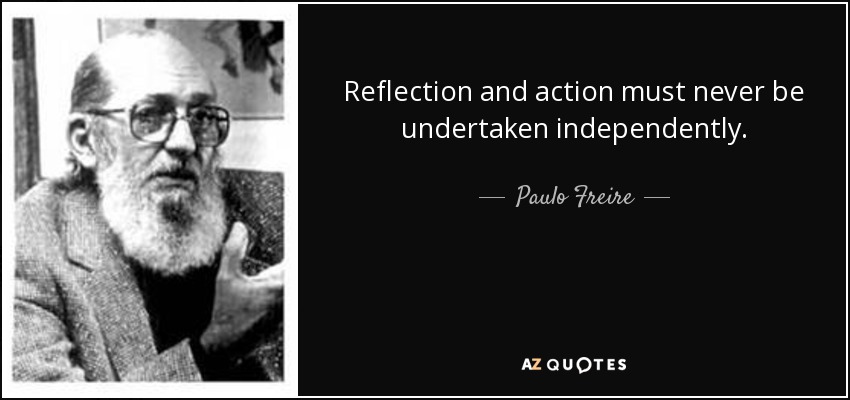
Bibliography
[1] Gibbs, G. (1998) Learning by Doing: A Guide to Teaching and Learning Methods. Oxford Brooks University, Oxford.
[2] Gregory, G., Healy, R., Mazierska, E. (2007) Careers in media and film: the essential guide. Los Angeles
[3] Barton, G. (2016) Don’t Get a Job… Make a Job. London: Laurence King.
[4] Jasper, M. (2013) Beginning reflective practice.. Melbourne & London
[5] Jasper, M. (2013) Beginning reflective practice.. Melbourne & London
Additional Readings
Huber, S. (2011) The “backwards” research guide for writers: using your life for reflection, connection, and inspiration. Sheffield & Oakville
Henry, C (2009) Entrepreneurship in the creative industries: An international perspective.
Cheltenham, UK & Northampton
Not Exactly What I Had Envisioned

The Equity Of Detachment
You May Also Like
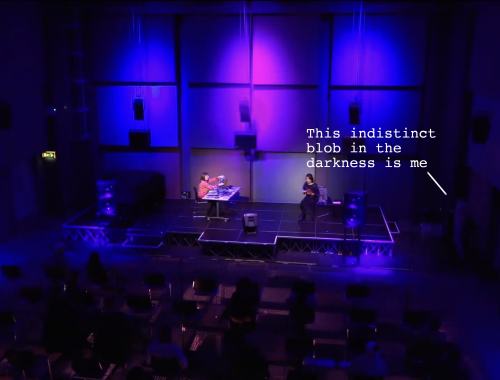
Teamwork Makes the Stream Work
27 March 2022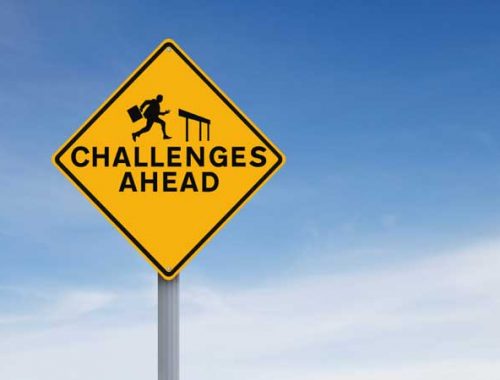
27 March 2022
